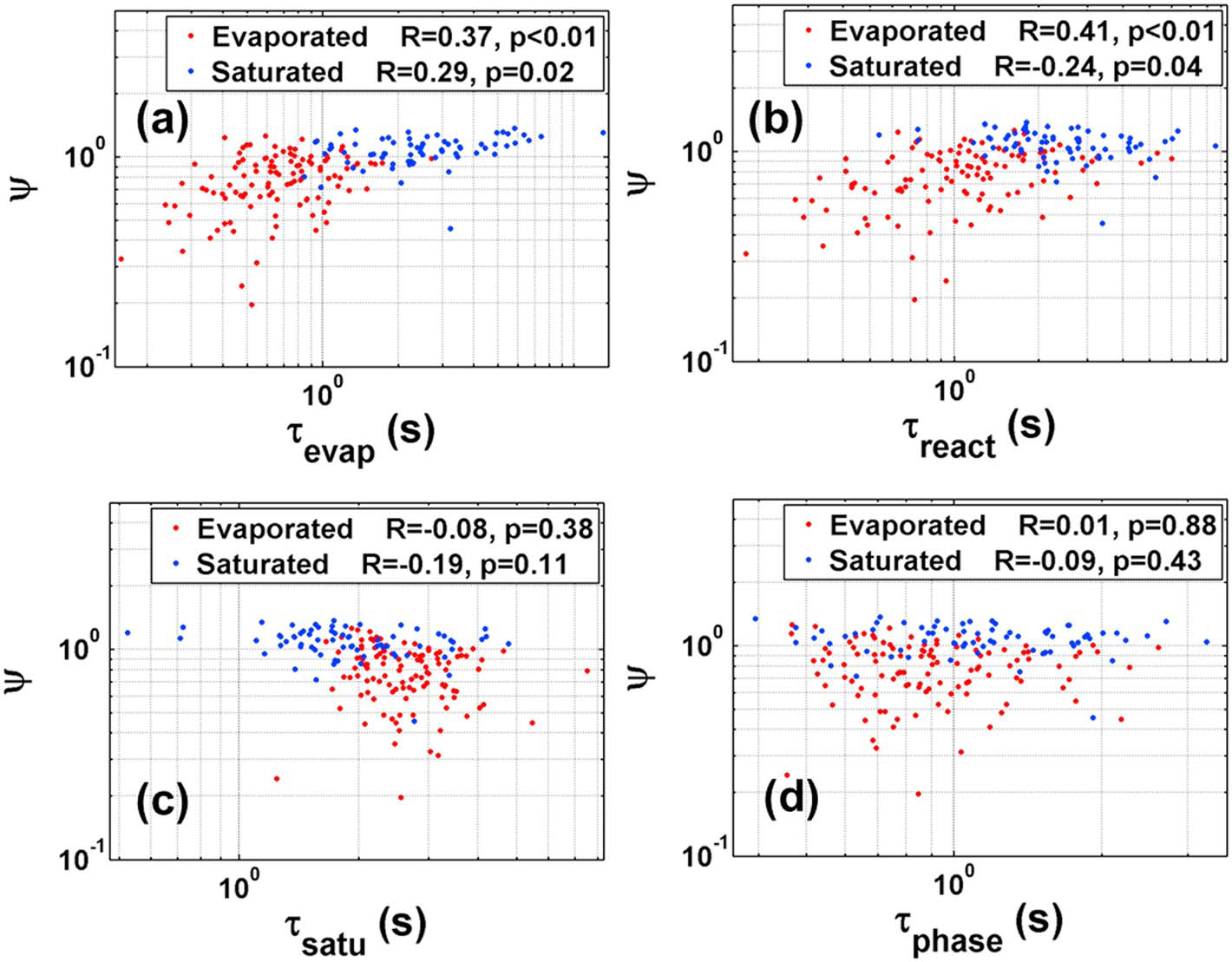Time scales in study of turbulent entrainment-mixing processes
Submitter:
Liu, Yangang — Brookhaven National Laboratory
Area of research:
Cloud Processes
Journal Reference:
Science
Different microphysical time scales, including droplet evaporation time, phase relaxation time, and reaction time, have been used in investigation of turbulent entrainment-mixing processes and their effects on cloud microphysical properties. This study addresses the outstanding question of which is the proper microphysical time scale and reconciles the differences.
Impact
Turbulent entrainment-mixing processes and their effects on cloud microphysical properties are critical for improving microphysical parameterization and understanding of aerosol-cloud interactions; however, this topic is understudied and poorly understood and parameterized. This work focuses on the proper use of different microphysical time scales needed to quantify the mixing mechanisms, eliminating confusion and paving the way for future parameterization development.
Summary
The commonly used time scales in entrainment-mixing studies are examined to seek the most appropriate one, by use of observational analysis of the RACORO measurements, numerical simulations with the Explicit Mixing Parcel Model, and theoretical reasoning. The time scales examined include evaporation time, phase relaxation time, and reaction time. We found that evaporation time and reaction time for complete evaporation are always positively correlated with homogeneous mixing degree ψ; however, ψ and the other time scales can be negatively, positively, or not correlated, depending on the dominant factors of the entrained air (i.e., relative humidity or aerosols). Thus, evaporation time is recommended for use in developing the parameterization of entrainment-mixing processes. Other proper uses of time scale are subject-dependent: If the focus is on the variations of liquid water content and supersaturation, reaction time for saturation and phase relaxation time are almost equivalently appropriate; if one focuses on the variations of droplet size and number concentration, evaporation and reaction time for complete evaporation are proper. All the time scales are proportional to each other under certain microphysical and thermodynamic conditions.


